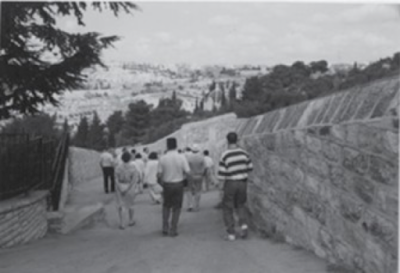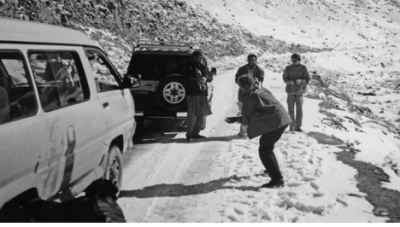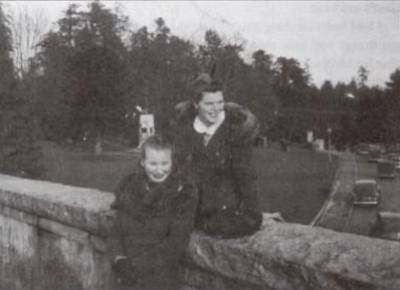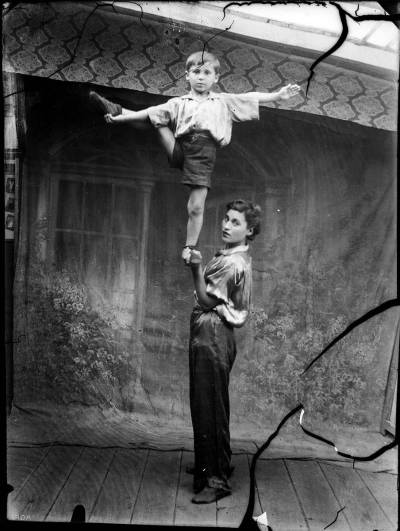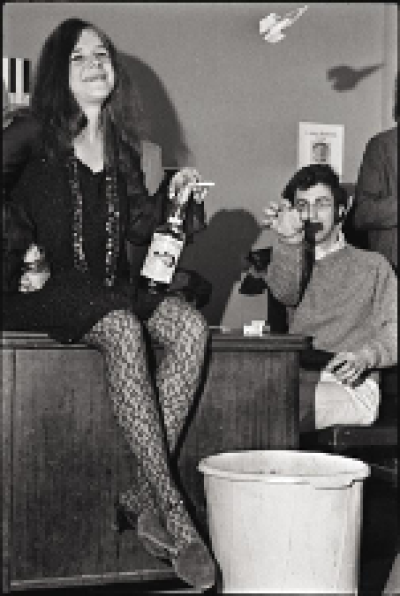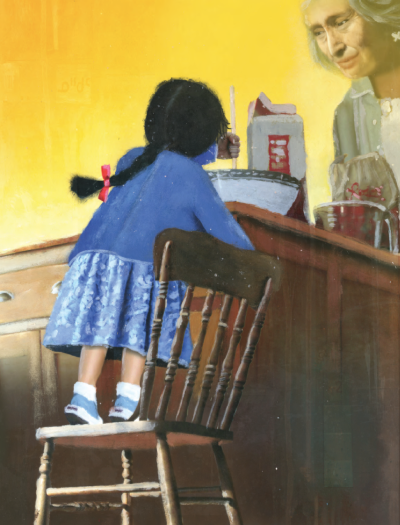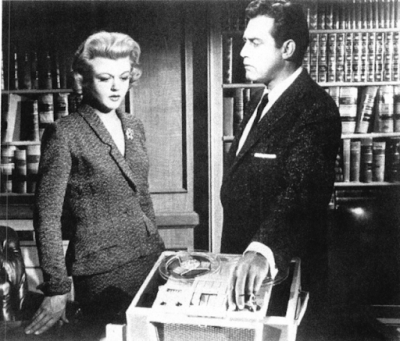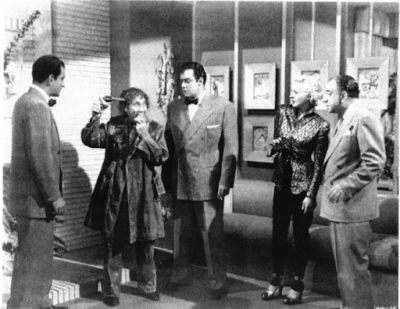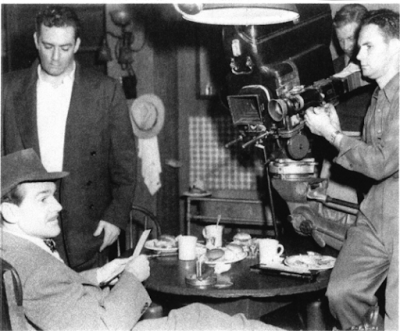Examples: General Images: People, Places, and Things
One this page you will find examples of people, places, objects and landscapes.
This is the first image of a book where all the images are in black and white. The cemetery is mentioned in the surrounding text.
[Alt-text] All images in this book are black and white photographs. A dozen people walk downhill away from the camera on a wide cement path. Stone walls and thick trees line either side of the path. In the distance, the cemetery is visible on a low hillside below the horizon.
This image is from All we Leave Behind, by Carol Off. It is a non-fiction, journalistic style book written for a general audience. The images in the text are from her time in the Middle-East.
[Caption] "A snowball fight during the trip to Mazar-e-Sharif. Asad and Sher Shah flank our driver."
[Alt text] Two vehicles are parked, one in front of the other, on a snowy rural road. To the left of the road is a rocky hill. To the right of the road is a snow-covered clearing. Carol stands near the closest vehicle with her back to the camera. She ducks down slightly. By the other vehicle, Asad, the driver, and Sher Shah stand facing Carol. They both smile as one packs a snowball in his hands.
This image is from Gerry, Get Your Gun by Gerry Bracewell. It appears with a caption. When you have a book with multiple images of the same person, only describe what is different, and remember to include age when they visibly age. For more on how to describe age see Skin tone, Gender, and Age
[Caption]My Friend Elsa and me in Vancouver. Elsa and I decided to change our names as a joke. Elsa became Jacquie and I changed my name from Ethel to Gerry. I preferred Gerry, so I kept it.
[Alt-text] Gerry and Elsa smile widely and pose at the wall of a stone bridge overlooking a road along a nearby park area. Cars drive along the road below them. Gerry sits on the wide worn stone ledge of the bridge and looks off to the right. Elsa stands before her and leans back against her friend and looks at the ground. They have their hair curled and pinned back away from their faces and wear dark gloves, and dark winter jackets with fur trimmed hoods that are worn down.
This next image is from Bone Mother by David Demchuk. It is a horror fiction book made up of connected short stories; each chapter is named after a person and includes a vintage photograph. All of the images are cracked, torn, or decaying, and since this repeats in every picture, this sort of information should be included only in the first image description. Exceptions were made when a photo was notably decayed.
[Alt text] Portrait of a young woman and boy, standing on a wood panelled floor in front of a cloth backdrop which has been painted with windows and flowers. The woman stands with her side to the camera and looks forward over her shoulder. She holds the boy up in the air with one foot in her hand. His arms are extended out at his sides, and he holds up his other leg with one hand. The woman wears smooth flowing pants and matching top with her long dark curly hair pinned back. The boy wears shorts and a loose button up shirt. They both have a light skin tone.
When you are describing a person's movement, you do not have to explain in detail where their limbs are, only the movement itself.
[Alt-text] Janis sits on the edge of a desk and Simon sits on a chair behind the desk. Janis props one hand on her hip and smiles. She holds a wine bottle on her leg and a cigarette between her fingers. She wears a short black dress over lacy tights, and long beaded necklaces. Simon tosses a paper airplane up into the air before him. He wears a sweater over a collared shirt.
This next image is from the children's book Missing Nimâmâ by Melanie Florence. Note that the description refers to "the fry-bread dough", instead of being vague or general - this is because that information is given in the text. Therefore, it is best to include it. Another thing to note is the description of the Cree word "nôhkom" (it is written very faintly) - a glossary was provided at the start of the book, and since the book is for children, it is helpful to define the words that appear on the page. To learn more about describing for Children's Books see Children's Picture Books & Illustrated Books
[Alt text:] Kateri stands on a wooden chair before a wooden counter, and stirs the fry-bread dough with a wooden spoon. Her Grandmother looks down at her from the opposite side of the counter and watches Kateri stir. The Grandmother holds a bag of flour. On the countertop is a carton of milk and a measuring cup. The Cree word for nôhkom, which means grandmother, appears near Kateri's head.
When describing objects in images, it is okay to compare them to a common object.
[Alt-text] Raymond and Angela stand in an office and look down towards a large tape recorder on a desk. It is the size of a small suitcase and has two round plastic audio reels and large buttons on the front. Raymond stares at Angela as he adjusts a switch on the recorder. Angela looks down at his hand with her mouth slightly open. Angela wears a low-cut grey blazer with a matching skirt. Raymond wears a black suit with a white dress shirt, black tie, and white pocket square. Behind them, bookshelves full of leather-bound books line the wall.
Some medium images may appear busy or complex, but they are not complex images. Context is always key. Ask yourself: "What is this image telling the reader?". Break the image down into smaller parts and organize in a logical manner. In this case, Harpo is the main focus, then the people, and the background does not require much detail.
[Alt-text] Four people stand in a living room and watch Harpo put a handgun to his temple as he bites into an apple. Harpo is shorter than the others and has greasy curly hair and wears a crumpled long coat and matching dark trousers. He stands between two men with dark hair wearing grey pinstripe suits with black bow ties. The man to the left is Raymond. A blonde woman and an older man in a grey suit stand a few feet away from Raymond. The woman leans backwards with one arm raised and wears a patterned button-up satin blouse with dark trousers with heels. The wall behind them is lined with two rows of four pictures above a light-coloured couch. The opposite wall is made of brick.
Only describe things as "left" or "right" if it is important to the meaning of the image. In this next example, using "left" and "right" helps describe the spatial information of the image that is more clear and concise. If you overuse this method, it can make your descriptions too complicated and harder to follow. If you do use this method, it is always for the perspective of the viewer.
[Alt-text] A cameraman points a camera at Raymond and another actor. Raymond stands on the far left and stares down at the ground. The other actor sits sideways at a table in front of him. The table is covered in dirty white dishes. The cameraman stands on the right at the opposite end of the table. Raymond wears a boxy suit jacket and a white button-down shirt. The seated actor has a pointed chin and a pencil mustache and wears a dark short-brimmed hat and grey suit.
